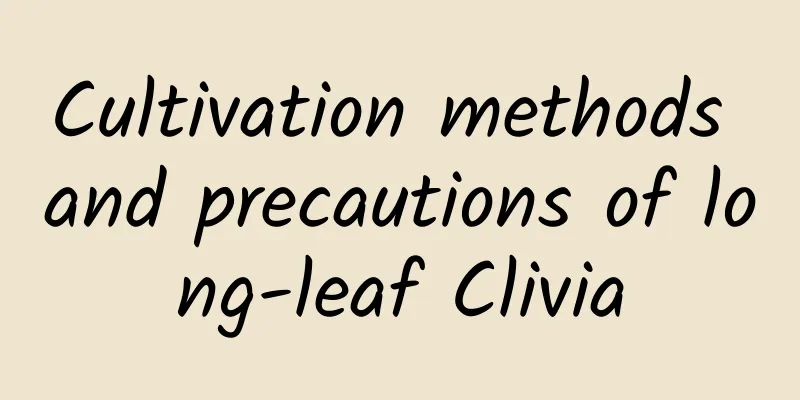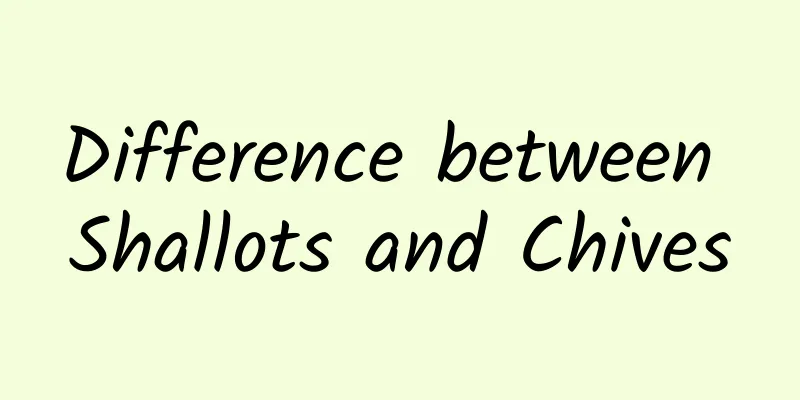What is the World Intellectual Property Organization? World Intellectual Property Organization reviews and website information

|
What is the World Intellectual Property Organization website? The World Intellectual Property Organization (WIPO) is one of the specialized agencies of the United Nations. It was established in 1967 and is headquartered in Geneva, Switzerland. Its main responsibilities include promoting the use and protection of human intellectual works, including coordinating the legislation and procedures of intellectual property rights in various countries, and exchanging intellectual property information. Website: www.wipo.int The World Intellectual Property Organization (WIPO) is a specialized agency of the United Nations. It was established in 1967 and is headquartered in Geneva, Switzerland. As the core organization for global intellectual property protection and management, WIPO's main responsibilities are to promote the use and protection of human intellectual works, coordinate the legislation and procedures of intellectual property rights in various countries, and promote the exchange and cooperation of intellectual property information. The establishment of WIPO marks the further improvement of the global intellectual property protection system. It provides a platform for countries to better protect intellectual property rights and promote technological innovation and cultural development on a global scale. History and Background of WIPOThe origin of the World Intellectual Property Organization can be traced back to the end of the 19th century. In 1883, the signing of the Paris Convention marked the beginning of international industrial property protection, while the signing of the Berne Convention in 1886 laid the foundation for international copyright protection. The signing of these two conventions laid the foundation for the subsequent international intellectual property protection system. In 1967, the World Intellectual Property Organization was formally established and became a specialized agency of the United Nations in 1974. The establishment of WIPO aims to promote the protection and use of intellectual property through international cooperation and promote global innovation and economic development. WIPO's predecessor was the United International Bureaux for the Protection of Intellectual Property (BIRPI), which was established in 1893 and was mainly responsible for the management of the Paris Convention and the Berne Convention. With the increasing demand for global intellectual property protection, BIRPI gradually evolved into WIPO and quickly became a core institution in the global intellectual property field after its establishment. WIPO's Mission and ObjectivesThe mission of the World Intellectual Property Organization is to promote the protection and use of intellectual property rights through international cooperation and to promote global innovation and economic development. WIPO's main goals include:
Main functions of WIPOThe functions of the World Intellectual Property Organization cover all aspects of intellectual property, including patents, trademarks, copyrights, industrial designs, etc. The following are the main functions of WIPO: 1. International registration of intellectual property rightsWIPO manages a number of international intellectual property registration systems, including the Patent Cooperation Treaty (PCT), the Madrid Agreement and the Hague Agreement, which provide companies and individuals with a convenient way to apply for patent, trademark and industrial design protection in multiple countries at the same time. 2. Coordination and formulation of intellectual property lawsWIPO ensures consistency in IP protection across countries by developing and coordinating international IP laws. For example, the Paris Convention and the Berne Convention, which WIPO manages, provide the basic framework for global IP protection. 3. Exchange and sharing of intellectual property informationWIPO helps countries better use intellectual property to promote economic development through its global intellectual property databases and other information resources. WIPO also regularly publishes global intellectual property reports, providing the latest data and analysis in the field of intellectual property. 4. Intellectual Property Education and TrainingWIPO provides IP-related education and training to governments, businesses and individuals to help them better understand and use IP. WIPO also popularizes IP knowledge through online courses, seminars and publications. 5. Resolution of intellectual property disputesWIPO provides a variety of intellectual property dispute resolution mechanisms, including arbitration and mediation services, to help companies and individuals efficiently resolve intellectual property disputes. WIPO's Organizational StructureThe organizational structure of the World Intellectual Property Organization consists of the following main parts: 1. General AssemblyThe General Assembly is WIPO's highest decision-making body, composed of all member states. It is responsible for formulating WIPO's policies and budget and electing WIPO's Director General. 2. Conference of the Member StatesThe Conference is another important decision-making body of WIPO, responsible for reviewing important issues related to WIPO's work and making recommendations to the General Assembly. 3. Coordination CommitteeThe Coordination Committee, composed of representatives of some member states, is responsible for coordinating WIPO's activities and providing advice to the General Assembly and the Conference of the Member States. 4. International BureauThe International Bureau is the Secretariat of WIPO, responsible for implementing the decisions of the General Assembly and the Conference of Member States and managing the daily operations of WIPO. The International Bureau is led by the Director General and consists of several departments responsible for work in the fields of patents, trademarks, copyright, industrial designs, etc. WIPO's Major AchievementsSince its establishment, the World Intellectual Property Organization has made remarkable achievements in global intellectual property protection. The following are some of WIPO's major achievements: 1. Promoted the development of the global intellectual property protection systemWIPO promotes the development of the global intellectual property protection system by developing and coordinating international intellectual property laws. For example, the Patent Cooperation Treaty (PCT) provides a convenient way for companies and individuals to apply for patent protection in multiple countries at the same time. 2. Promoted the exchange and sharing of intellectual property informationWIPO helps countries better use intellectual property to promote economic development through its global intellectual property databases and other information resources. WIPO also regularly publishes global intellectual property reports, providing the latest data and analysis in the field of intellectual property. 3. Supported the capacity building of intellectual property protection in developing countriesThrough technical assistance and capacity building programs, WIPO supports developing countries in strengthening their capacity for intellectual property protection and promoting balanced development of global intellectual property. 4. Promoted the role of intellectual property in technological innovation and cultural developmentWIPO promotes the role of intellectual property in technological innovation and cultural development through various means. For example, the Berne Convention, which is managed by WIPO, provides a basic framework for global copyright protection and promotes cultural creation and dissemination. The Future Direction of WIPOWith the rapid development of the global economy and the continuous advancement of technology, intellectual property protection faces new challenges and opportunities. In the future, WIPO will continue to work in the following areas: 1. Promote intellectual property protection in the digital ageWith the rapid development of digital technology, the scope and methods of intellectual property protection are also changing. WIPO will continue to promote intellectual property protection in the digital age and ensure that intellectual property laws can adapt to the development of new technologies. 2. Strengthening the role of intellectual property rights in global tradeIntellectual property plays an increasingly important role in global trade. WIPO will continue to strengthen the role of intellectual property in global trade and promote the deep integration of intellectual property and international trade. 3. Support intellectual property protection in developing countries and emerging economiesDeveloping countries and emerging economies still face many challenges in protecting intellectual property rights. WIPO will continue to support these countries in strengthening their intellectual property protection capabilities and promoting the balanced development of global intellectual property rights through technical assistance and capacity building programs. 4. Promoting the role of intellectual property in sustainable developmentIntellectual property plays an important role in achieving sustainable development goals. WIPO will continue to promote the role of intellectual property in sustainable development and promote the coordinated development of technological innovation and environmental protection. WIPO's Relations with ChinaChina joined the World Intellectual Property Organization in 1980 and became a member of WIPO. Since joining, China and WIPO have carried out extensive cooperation in intellectual property protection. The following are some of the main areas of cooperation between WIPO and China: 1. Formulation and improvement of intellectual property lawsWIPO has provided technical support and advice to China in the formulation and improvement of its intellectual property laws. For example, WIPO has assisted China in revising its Patent Law, Trademark Law and Copyright Law to align them with international intellectual property laws. 2. Intellectual Property Education and TrainingWIPO provides IP-related education and training to the Chinese government, enterprises and individuals to help them better understand and use IP. WIPO also popularizes IP knowledge through online courses, seminars and publications. 3. Resolution of intellectual property disputesWIPO provides Chinese companies and individuals with a variety of intellectual property dispute resolution mechanisms, including arbitration and mediation services, to help them resolve intellectual property disputes efficiently. 4. Exchange and sharing of intellectual property informationWIPO helps China better use intellectual property to promote economic development through its global intellectual property database and other information resources. WIPO also regularly publishes global intellectual property reports, providing the latest data and analysis in the field of intellectual property. ConclusionAs the core institution for global intellectual property protection and management, the World Intellectual Property Organization provides a platform for countries to better protect intellectual property rights and promote technological innovation and cultural development on a global scale. With the rapid development of the global economy and the continuous advancement of technology, WIPO will continue to promote the improvement of the intellectual property protection system, support the intellectual property protection capacity building of developing countries and emerging economies, promote the role of intellectual property in sustainable development, and make greater contributions to global innovation and economic development. |
<<: How is Hachette Publishing Group? Hachette Publishing Group reviews and website information
>>: How about Bovet watches? Bovet watch reviews and website information
Recommend
The efficacy and function of Yunnan Cyperus
Yunnan Cyperus is a perennial herb belonging to t...
Nuts Spare Ribs Nuts
Introduction Nut spare ribs Nut spare ribs is a d...
How is Nordex? Nordex review and website information
Nordex is a German wind power equipment supplier, ...
The efficacy and function of Li Xing
Li Xing is also known as plum and apricot. What a...
The efficacy, function and consumption of lotus seeds
Lotus seeds are a health food that can be used as...
How to make stir-fried kale
Although we all eat cabbage, the cooking methods ...
Illustration of the pickling method of Northeastern sugar garlic
Sugar garlic is a food that everyone has eaten, a...
The nutritional value of jackfruit and what are the taboos of eating jackfruit
There is only one letter difference between jackf...
The benefits of eating bilberry
Have you ever seen bilberry? Do you know what its...
Ingredients and methods for cold-season pea sprouts
I don’t know if you have ever eaten cold-seasoned...
The advantages and disadvantages of eating peas
Peas are a common bean food in life. They have a ...
Nutritional value and efficacy of kudzu
Ququcai is a wild vegetable similar to bitter her...
What are the benefits of drinking grapefruit tea? What are the effects and functions of drinking grapefruit tea?
Grapefruit tea is a health tea made from grapefru...
How to eat walnut oil? Taboos and hazards of eating walnut oil
Walnut is a nut food with a particularly high oil...
What is the difference between steaming oranges and baking oranges? What are the benefits of eating oranges?
It's winter again, and it's time to eat o...









